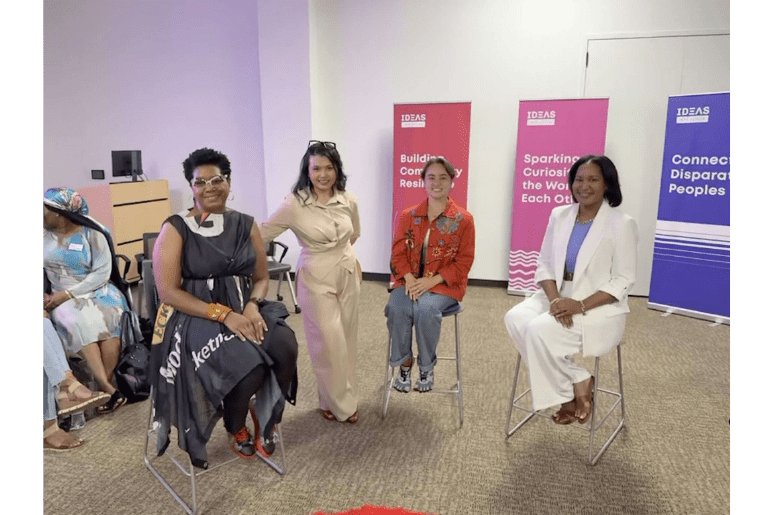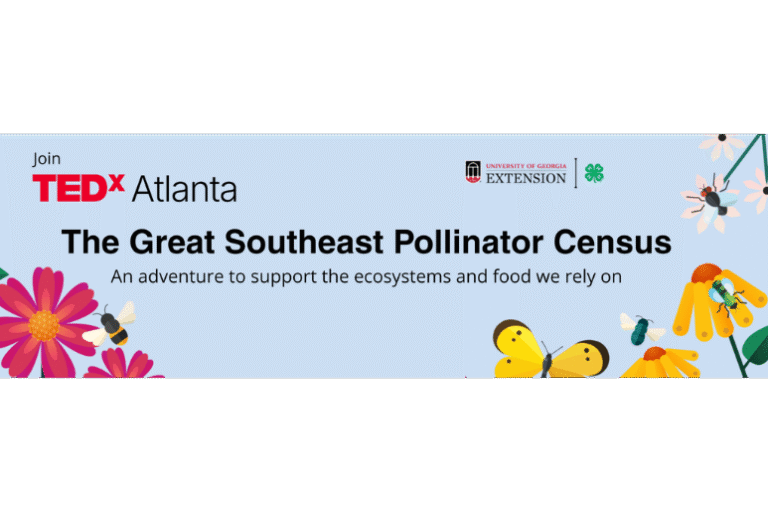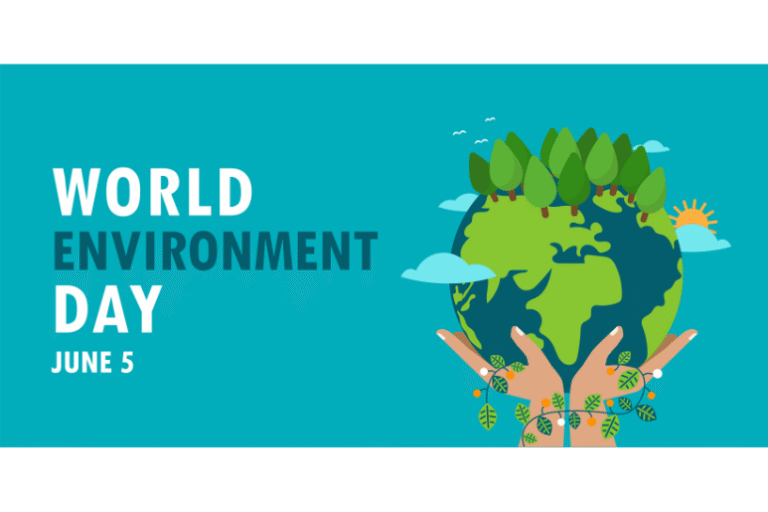Three women, one mission: to redesign fashion for people and the planet.
What if the future of fashion isn’t just about what we wear, but how we live?
At Exploring Innovations in Sustainable Fashion, hosted by Ideas into Action in collaboration with Georgia State University’s Entrepreneurship and Innovation Institute and Creative Media Industries Institute, that question came to life through bold ideas, unexpected materials and a shared commitment to doing things differently. Set against the backdrop of Atlanta Tech Week, the evening brought together creatives, entrepreneurs and researchers who are transforming the fashion industry with science, intention and heart.
Mindful manufacturing, without the waste
For Tia Robinson, sustainability starts with mindfulness. After years as a certified meditation instructor—and a thriving career in communications—she launched Vertical Activewear, a size-inclusive, sustainable apparel brand rooted in her own personal values. But when COVID disrupted the supply chain, Tia took matters into her own hands—literally—by bringing manufacturing in-house.
Her vertically integrated, on-demand model eliminates the guesswork and overproduction contributing to fashion’s staggering waste problem: 30 to 40% of all garments never sell. Vertical’s B2B membership model allows brands to produce only what they need, while its direct-to-consumer line blends bold design with fit education to reduce returns. No inventory. No landfill overflow. Just slow, smart growth.
From the lab: fashion grown from fungi
Mya Love Griesbaum, a Georgia Tech materials science student and founder of Mycorrhiza Fashion, is growing the future—one mycelial thread at a time. In her lab, white rot fungi break down plastic waste and grow into a leather-like biomaterial. The result? A durable, biodegradable alternative to traditional leather and synthetics, without the environmental cost of livestock or petrochemicals.
What began as a bioremediation research project has evolved into a biomaterials startup that blends fashion, science and environmental justice. Each prototype tells a story—not just of circularity and innovation, but of aesthetics shaped by nature itself. “One of the most loved features,” Mya shared, “is the patterning. Designers don’t see flaws—they see beauty.”
Upcycling meets activism
Tanjuria Willis, founder of Atlanta Sustainable Fashion Week, didn’t begin her career in the fashion world. An electrical engineer by training, she was driven into action after her infant daughter experienced unexplained health issues linked to toxic textile chemicals. That journey led her to research, then advocacy, and finally to founding a platform that celebrates local makers and educates the public on how fashion affects our health and environment.
Her wearable designs speak volumes—literally. Tanjuria showcased pieces made from construction fencing, lanyards, game day banners and recycled textiles. Her mission is clear: reduce waste, elevate craft and make sustainability accessible. Through workshops, repair cafés and partnerships, her team empowers others to reuse, reimagine and create beauty from the discarded.
Real questions, real change
The panelists didn’t just present ideas—they invited dialogue. And the audience delivered.
How can we tell if a brand is greenwashing?
Mya pointed to misleading labels and vague claims—like garments tagged “100% recycled” that refer only to the label itself. Tanjuria and Tia recommended sites like Good On You and Remake.world, as well as reviewing factory certifications and supply chain transparency.
Does changing 10% of our purchases really make a difference?
Yes. Buying even one of every ten garments from an on-demand or sustainable source can shift retail behavior, reduce waste and signal demand for better practices. Multiply that by millions of consumers, and the impact grows.
What if sustainable fashion feels too expensive or inaccessible?
“There’s no one-size-fits-all solution,” Tanjuria said. “Start where you are.” Whether it’s upcycling a T-shirt into a tote or choosing one mindful purchase, small actions can have a ripple effect.
What’s next for the future of fashion?
The speakers pointed to a convergence of technology, biology and design—from AI-powered patternmaking and 3D printing to compostable fabrics and regenerative sourcing. The shared goal? A fashion industry that heals more than it harms.
The power of small shifts
Sustainable fashion isn’t a trend—it’s a transformation. And it’s being led by people who aren’t waiting for permission to build something better.
As the evening closed, the message was clear: We all have a role to play. Whether you’re a designer, a student, a shopper or a scientist, the future of fashion is something you can influence—one purchase, one question, one idea at a time.
Want to get involved?
Follow the work of Vertical Activewear, Mycorrhiza Fashion, and Atlanta Sustainable Fashion Week
Try the 10% shift: buy just one in ten items from a sustainable source
Rethink, repair or repurpose what’s already in your closet
Fashion shapes culture. Let’s shape it with care.



